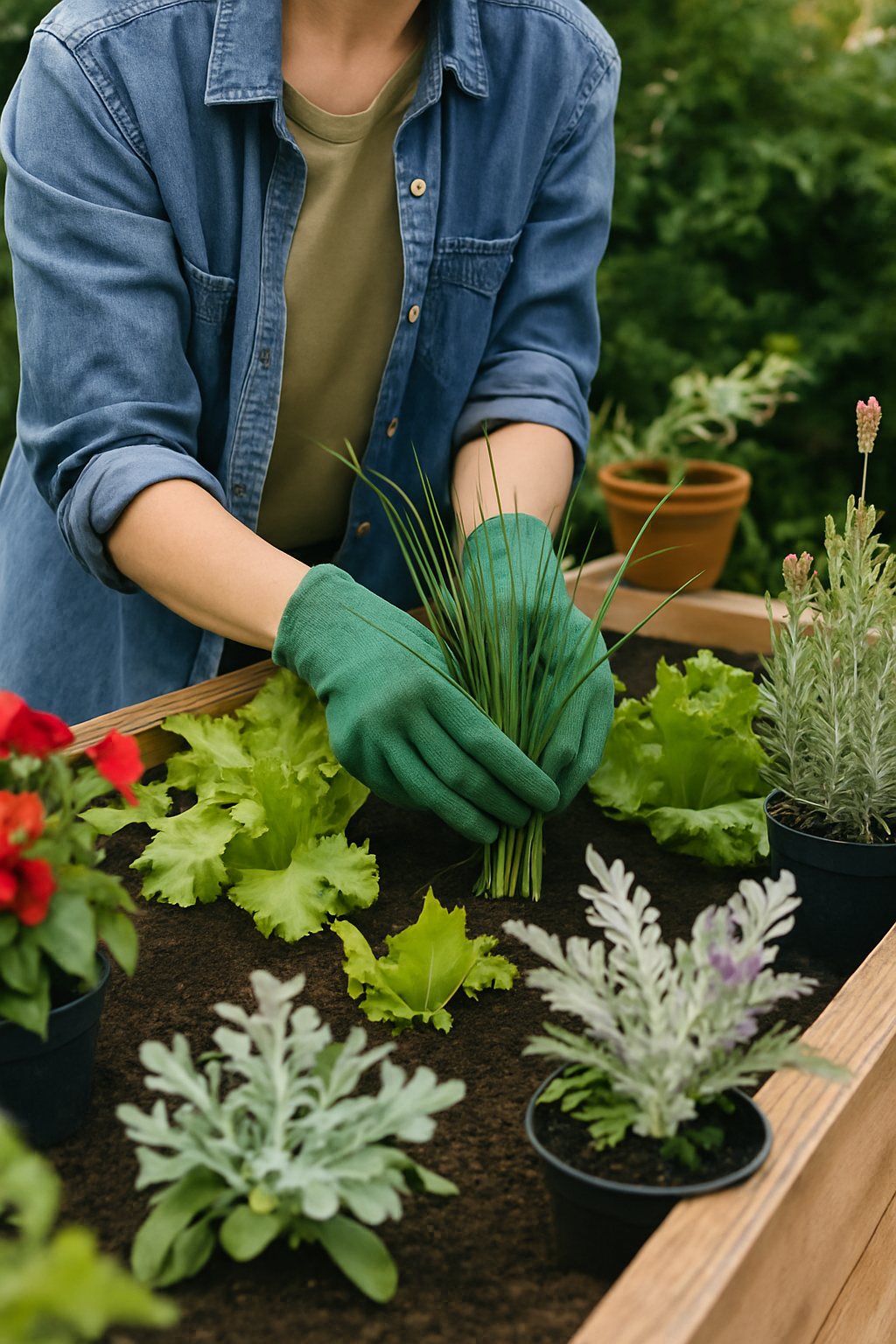Regardless of what country or region you live in, watering is a crucial element of garden maintenance. Water is essential for plant processes and needs to be monitored closely. In this article, we will go through the methods you could use to water your garden.
4 methods to irrigate your plants
Watering by hand
A watering-can or bucket is a very effective method of controlling the amount of water delivered to each plant.
The downside is that it is time consuming and labour intensive.
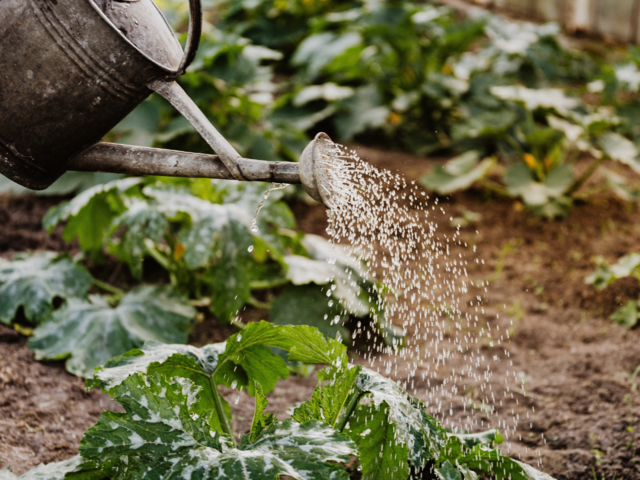
Watering-can Irrigation. Image: Pexels.
Watering with a garden hose
This is also an effective method in water control but has the same downsides as a watering-can when it comes to time and labour. Another caveat is that a hose is only really practical for use in a smaller garden or more specific areas such as recently planted seedlings.
Using a hose can also result in water remaining on the leaves. Wet leaves can promote the spread of disease, particularly fungal pathogens.
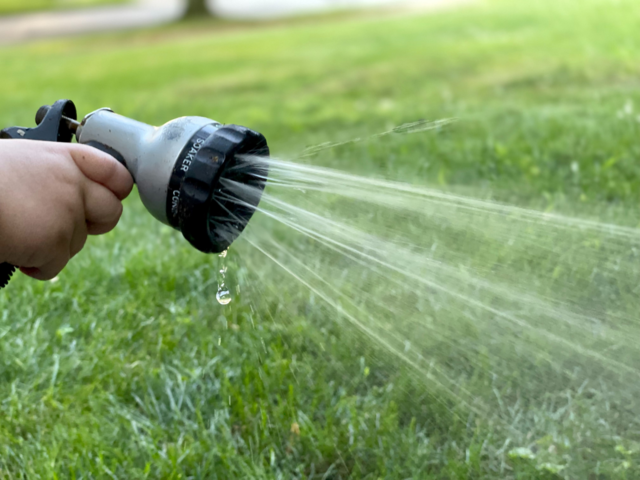
Garden Hose Irrigation. Image: Pexels.
Watering with a garden hose and sprinkler system
This method saves a lot of time and is best used while monitored closely or using a timer system. The downsides are that this method will still allow leaves to get wet and some water will be wasted, for example, by falling on paths or non-planted areas.
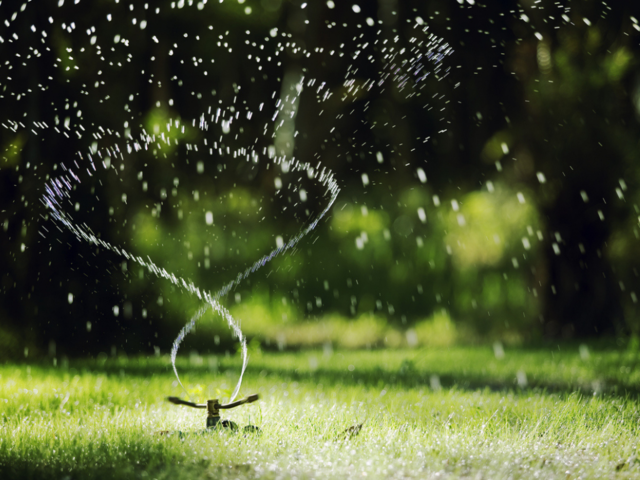
Sprinkler irrigation. Image: iStock.
Drip irrigation
This method saves a lot of time and is best used while monitored closely or by using a timer system. It delivers water directly to the roots and depending on the system, it can be regulated to deliver additional water to the plants that need it most, like tomatoes (Solanum lycopersicum) for example.
The waste levels are very low and the leaves are kept dry which reduces the possibility of disease. The only downside is that the set-up is substantial, but it only needs to be set up once.
When and how to water
The timing of your watering is very important. The ideal time to water plants is early in the morning so that soil can be irrigated prior to evaporation caused by the heat of the day. Evening watering has the potential of leaving water on the leaves which encourages disease and afternoon watering can result in a large amount of water loss from evaporation.
The amount of water needed for each plant will vary and is dependent on the season and local climate. Generally, the soil should feel damp to the touch but not saturated. When you squeeze soil, should water drip from it, you are at risk of over saturation and you will need to reduce the amount of water you are providing. Overwatering will deplete oxygen in the soil and can rot the roots which also encourages disease.
Solar timers can be used to regulate the amount of water based on seasons but, gardeners will need to keep an eye on soil moisture. This can be done manually by checking that moisture is reaching a depth of about 6 inches or 15cm. Alternatively, you can monitor and control moisture levels using a device called an irrometer, which measures soil moisture.
When creating watering and irrigation systems, it’s important to consider variables such as soil type, growth habits, stages of plant growth, prevailing weather and precipitation. But, it is crucial to maintain consistent watering as drought and/or flood fluctuations, for example, can seriously damage plant health.
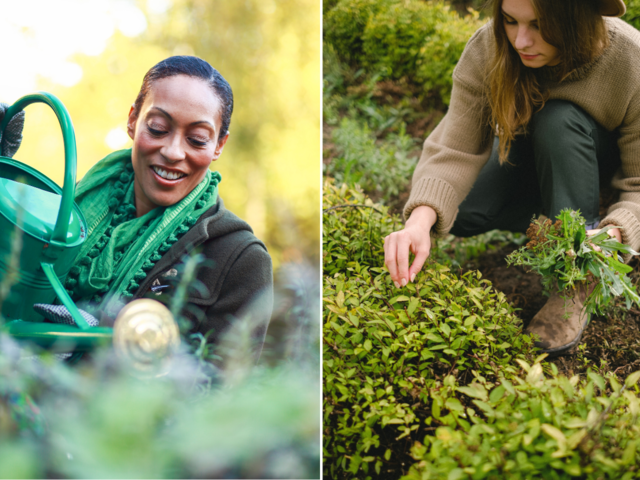
Images: iStock; Pexels.
Read our articles for more gardening tips and advice.
To learn more about how to keep a healthy garden, take a look at our garden design and horticulture courses.

